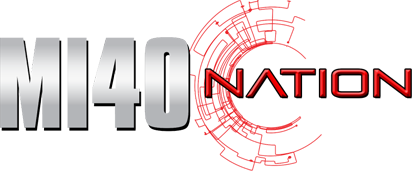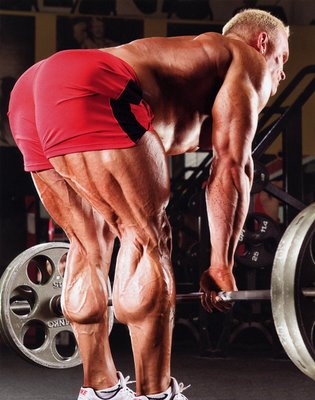Lower Back Isolation Movements
Isolation exercises for strengthening the lower back and core!

By Roland Pankewich If you have read the first installment (Read Part 1 Here) you were introduced to the idea ...
Question: “Will taking simple carbs after a workout negate the effect of growth hormone production from your workout and kill ...
When it comes to “Junk” food. First we must clarify what “junk” is. Carbohydrates themselves for example don’t make you ...
We've all seen the Bruce Lee-types, the small men with profound strength, and the contrary, muscle men that are all ...
Grocery shopping can be a daunting task. Organic, cage-free, grass-fed, non-GMO, certified, fortified, petrified…there are so many choices and so ...
Everybody's familiar with testosterone, the grand daddy hormone most synonymous with both muscle and manhood. Today we provide a comprehensive ...

* if training for hypertrophy (8+ reps): stop short of reaching a vertical plane at the top, reset quickly at the bottom (avoiding rest to ensure continuous tension).